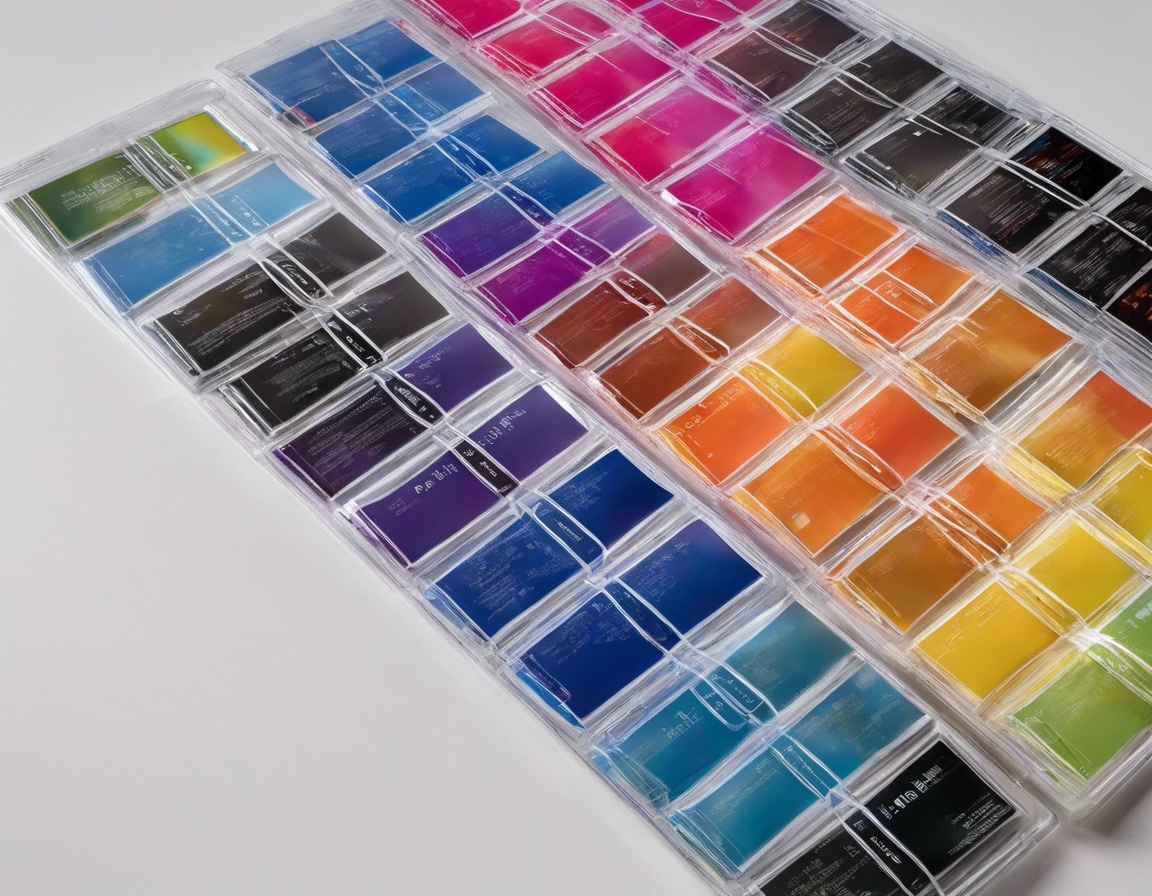5 tips for choosing the right photo paper for your prints
Choosing the right photo paper is crucial for achieving high-quality prints that capture the essence of your photography or design work. The type of paper you select can significantly affect the appearance, durability, and impact of your printed images.
There are various types of photo paper available, each with its own characteristics and best uses. From glossy to matte, and from thin to thick, understanding the options is the first step in making an informed decision.
The paper you choose directly influences color reproduction, contrast, and sharpness. A poor choice can result in prints that are dull or that fail to reflect the true quality of your work.
Tip 1: Consider the Finish
Glossy papers are known for their vibrant colors and sharp details, making them ideal for high-contrast images. Matte papers, on the other hand, are more subdued and better suited for softer images or those intended for viewing under various lighting conditions. Luster papers strike a balance between glossy and matte, offering some sheen without the heavy reflection.
The subject of your photo can guide your choice of paper finish. For instance, portraits often look best on luster or matte finishes, while landscapes can really pop on glossy paper.
Tip 2: Pay Attention to Paper Weight and Thickness
Heavier and thicker papers feel more substantial and are often perceived as being higher quality. They also tend to be more durable and less prone to damage during handling.
Photo paper weight is typically measured in grams per square meter (gsm). Lighter papers (around 120-200 gsm) are suitable for everyday prints, while heavier papers (above 200 gsm) are better for professional presentations and gallery displays.
Tip 3: Check the Color and Brightness
Brightness refers to the amount of light the paper reflects. A higher brightness rating can make colors appear more vivid and contrast more striking. However, too much brightness can sometimes lead to an unnatural look.
The whiteness of the paper can affect the perceived color balance of your prints. Cooler whites can enhance blues and greens, while warmer whites can bring out reds and yellows.
Tip 4: Know Your Printer Compatibility
Not all photo papers are compatible with every printer. Inkjet printers typically require coated photo papers that can absorb the liquid ink, while laser printers need papers that can withstand the heat of the toner-fusing process.
Some printer manufacturers offer their own branded photo papers that are optimized for use with their machines. While these can provide excellent results, they may come at a premium price.
Tip 5: Archival Quality and Longevity
Archival quality papers are designed to resist fading and deterioration over time. These papers are acid-free and often have a neutral pH coating to ensure the longevity of your prints.
Environmental factors such as light exposure, humidity, and temperature can all impact the lifespan of your prints. Choosing a paper that is designed to withstand these elements is essential for preserving your work.






Comments (0)